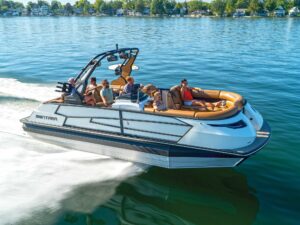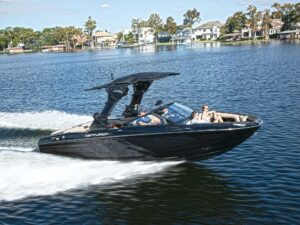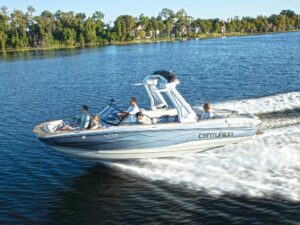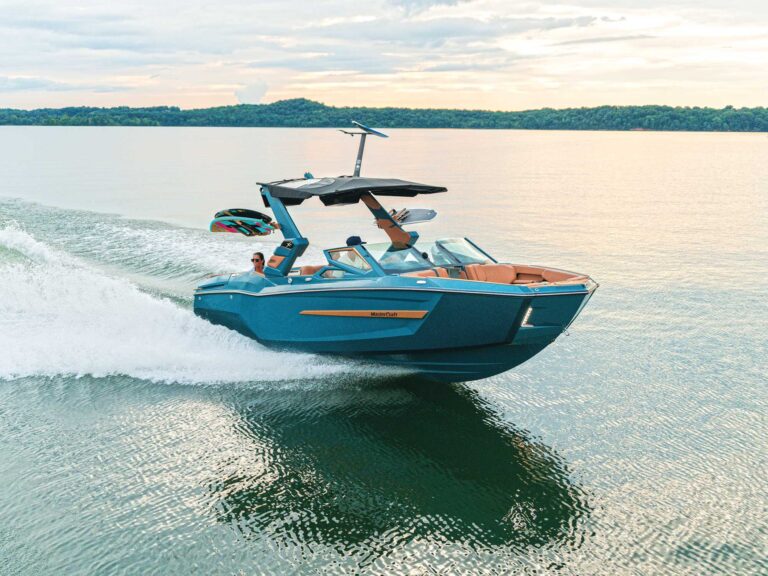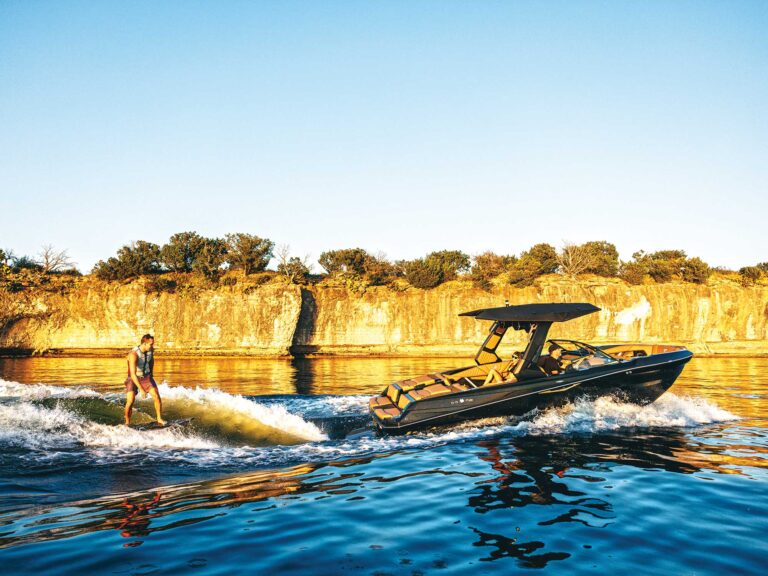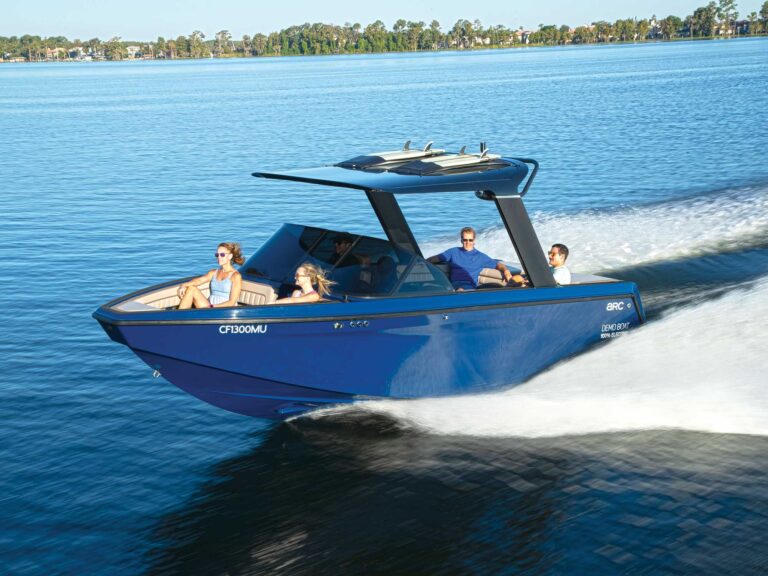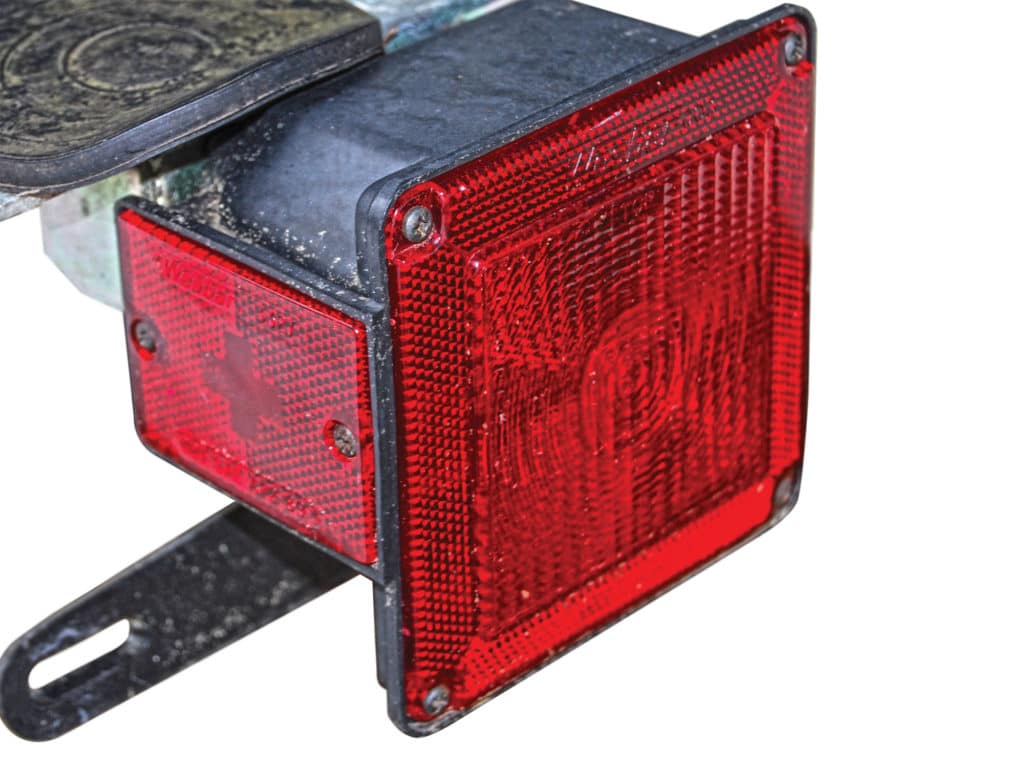
Trailer-light problems are so common that they are the subject of campfire stories. It seems every boater can tell a trailer-light tale. Even today, with more-reliable LEDs replacing incandescent lights, boat-trailer lights continue to be a source of exasperation while, in fact, the entire trailer-light wiring system is a pretty simple affair. Let’s look at some of the more common maladies, how to diagnose them and, most importantly, how to repair them.
Bad Ground
This is the primary cause of trailer-light problems. Symptoms include flickering, fast-blinking, dimness, intermittent operation (often when a trailer ball is used for a ground), and complete failure.
The Fix: Repairing a bad ground can be as simple as attaching the white wire from the trailer’s wiring plug to the trailer frame with a solid screw and lock washer, making sure to scrape the paint or coating at the attachment point. If that fails, use a jumper lead (wire with alligator clips) to make a temporary ground by attaching the jumper between each taillight’s ground wire and the trailer frame. (Scrape again.) You will find the bad ground connection because the added ground circuit will enable the lights to work. Make that jumper connection permanent by connecting a short piece of wire between the light and the trailer frame.
Bad Trailer Connector
If the lights work when you twist and move the trailer and tow-vehicle connection but won’t work when you leave them be, it’s likely a bad connector.
The Fix: First, the connector leads might be too short, pulling apart slightly during turns. Adding a foot of length will eliminate this problem. Also, use Crocus cloth (plumber’s sandpaper) or a rough-bristle brush to clean old, dirty and corroded connectors. Replace a scraped, run-over or visibly beat up connector.
Burned-Out Bulb
While LED lights burn cooler and offer less risk of burnout, it still happens. Bulbs can also simply wear out over time.
The Fix: You can visually check a bulb by looking for a broken filament, or by placing the leads of a multimeter set to ohms on the contacts to check for continuity. Prevent bulb burnout and prolong bulb life by stopping, unplugging the trailer connector, and giving the lights a few minutes to cool down before launching. Consider changing out old-style incandescent taillights to more-durable LED units.

Chafed Wires
Caused by running wires around sharp corners or through metal without protection, a chafed wire typically grounds the circuit to the trailer frame, causing a short-to-ground condition. The result? The lights typically won’t work or will burn out.
The Fix: Check using a multimeter set to ohms. Connect one lead from the meter to the wire, and the other to ground. You are looking for a short to ground. If your ohmmeter reads zero in this test, that wire is shorted to ground. Visual inspection can reveal the chafing. If so, cut the wire and splice it back together, if it’s long enough. Use a connector with heat-shrink tubing. A quick fix is to wrap the chafed portion with electrical tape, although this is not a good, permanent fix. A whole new wire can be run.


